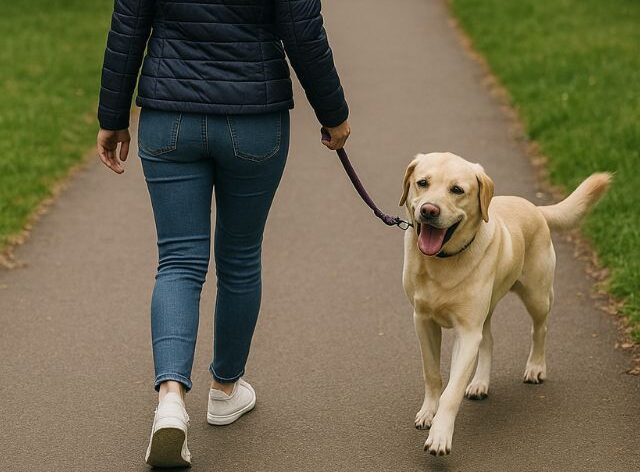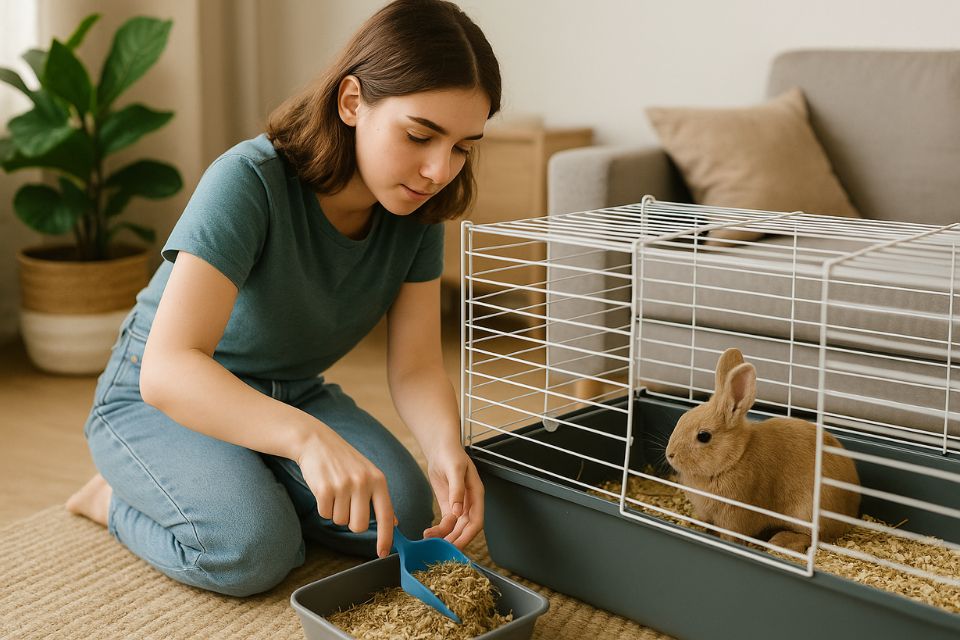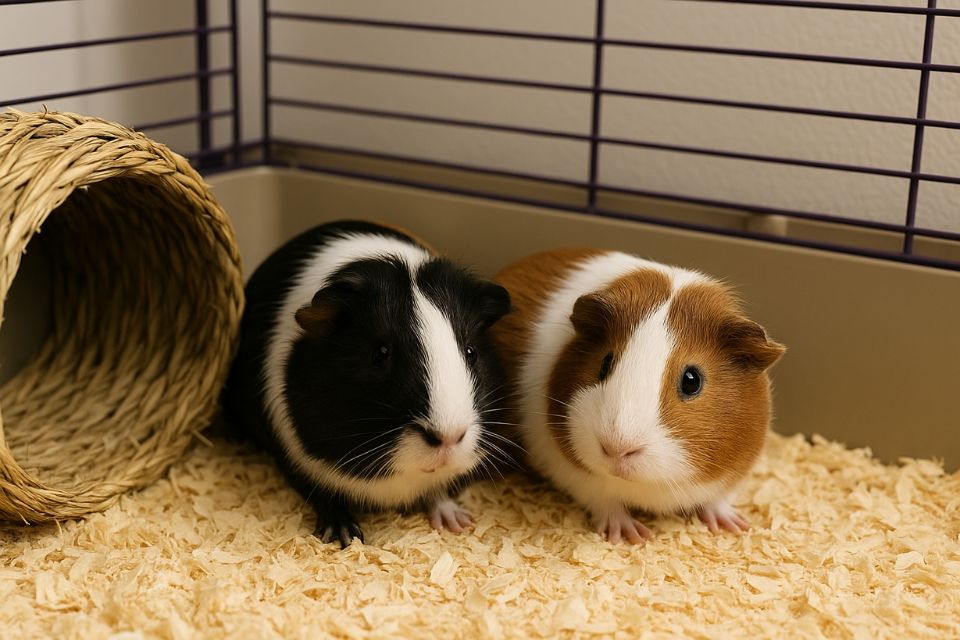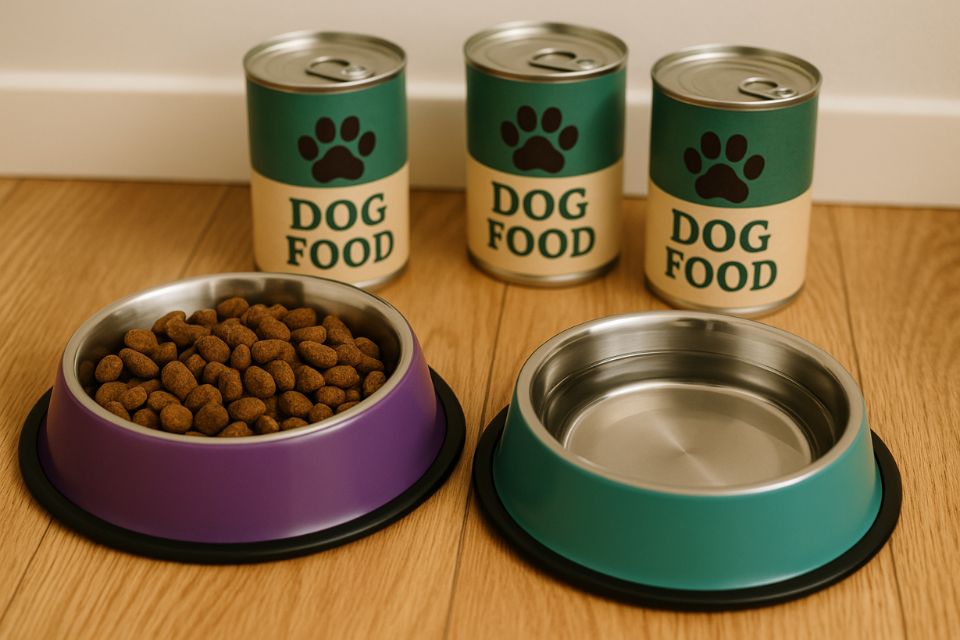Life with ADHD can sometimes feel like living in fast-forward and slow-motion at the same time. Thoughts race, tasks pile up, and even simple routines – washing the dishes, getting out of bed, sticking to a schedule – can feel overwhelming. Yet for many people, the bond between ADHD and pets offers unexpected relief.
From the wag of a dog’s tail to the quiet purr of a cat, animals bring grounding, structure, and joy. They can help regulate emotions, create daily routines, and provide companionship that supports ADHD brains in ways medication and planners sometimes can’t. Here’s why pets can make such a positive impact for people with ADHD.
Pets Provide Structure and Routine
A major challenge for individuals with ADHD is establishing and maintaining routines. Executive functioning makes time slippery, planning tough, and consistency difficult. But pets need routine.
- Dogs need regular walks.
- Cats expect their food at the same time every day.
- Even fish, hamsters, or reptiles have feeding and care routines that can anchor a day.



Having a pet means you’re not just creating routines for yourself – you’re responsible for another being who relies on you. That responsibility can make maintaining routines easier. Many with ADHD find they remember breakfast because they must feed the cat, or get outside because the dog needs a walk.
The accountability is gentle: your pet doesn’t judge if you oversleep or lose focus, but their needs motivate you to try again. That steady presence builds a helpful daily rhythm.
Movement Becomes Natural
Exercise helps regulate ADHD by boosting dopamine and norepinephrine, key neurotransmitters that support focus and motivation. But gym visits or exercise plans can feel daunting with ADHD.
Enter pets.
Dogs, especially, make activity part of daily life. Walking, playing fetch, or chasing them gets you moving without the pressure of “exercise.” Moving becomes fun instead of a chore.
Even small pets prompt activity: cleaning cages, refilling water, or rearranging tanks makes you get up. That movement can help reset focus, breaking the cycle of hyperfocus or procrastination.
Emotional Regulation and Stress Relief
ADHD often brings intense emotions, rejection sensitivity, and stress from struggling in a world not made for neurodivergent minds. Pets offer something deep: unconditional acceptance.
Interacting with animals lowers cortisol (stress hormone) and raises oxytocin (bonding hormone). Stroking a cat, hearing a rabbit munch hay, or a dog resting on your lap can calm your nervous system beyond what words can do.
Pets help regulate emotions in real time. After a tough day, coming home to a wagging tail or familiar purr brings comfort. They don’t care if you missed a deadline, forgot the bins, or zoned out in a meeting. Their presence says, “You’re enough, just as you are.” For someone with ADHD, who may struggle with self-criticism or shame, that’s profoundly healing.
Sensory Benefits
Many people with ADHD experience sensory overload from noise, textures, lights, or environments. Pets can offer calming input that helps regulate the nervous system.
- Stroking soft fur can offer grounding tactile stimulation.
- Listening to a cat purr or a guinea pig squeak can soothe auditory pathways.
- Watching fish swim in an aquarium can calm visual overstimulation.



Some people even describe their pets as a form of “stimming aid” – a safe, repetitive source of sensory comfort that helps with regulation. For example, playing with a dog’s ears, running fingers through a cat’s fur, or watching a hamster scurry, can be as calming as weighted blankets or fidget tools.
Reducing Loneliness and Building Connection
ADHD can sometimes make relationships tricky. Impulsivity, forgetfulness, or difficulty with communication, may leave people feeling isolated or misunderstood. Pets step into that gap with uncomplicated companionship.
Pets provide a sense of belonging. You are their person. They don’t care if you forget a text message or lose track of time – they’re simply glad you’re there. That unconditional companionship can reduce loneliness and give you a sense of being needed and loved.
On a wider level, pets create social opportunities. Dog owners meet on walks. Cat lovers connect online. Even exotic pet owners find community with those who share their interests. For someone with ADHD who struggles to build or maintain friendships, these pet-related interactions offer an accessible, low-pressure connection.
A Sense of Purpose
When ADHD makes “adulting” overwhelming, feeling like you’re failing is easy. Laundry piles up, deadlines pass, and procrastination sets in. Pets remind you of your ability and responsibility.
Feeding, grooming, and playing with a pet are all meaningful tasks. Even if the rest of the day feels chaotic, you’ve done something important: you’ve cared for another living being. That sense of purpose can boost self-esteem and counteract the narrative that ADHD often perpetuates: “You can’t manage.”
Pets gently remind you that you can.


Mindfulness and Presence
ADHD minds often jump ahead or spiral into the past. Pets live in the present.
A dog doesn’t worry about tomorrow’s ‘to-do’ list. A cat isn’t ruminating on mistakes. They’re present – chasing toys, basking in the sun.
Spending time with animals brings us into the present. Playing fetch, grooming a horse, or watching fish all foster mindfulness, which improves focus and reduces ADHD symptoms. Pets teach us to pause, breathe, and just be.
Responsibility with Flexibility
One hesitation some ADHDers have about pets is the fear of “not being responsible enough.” And yes, pets are a serious commitment. But responsibility doesn’t have to mean perfection.
In fact, caring for a pet can be a safe way to practice responsibility in a supportive environment. Unlike jobs or household chores, pets won’t shame you for needing reminders or help. Setting alarms for feeding, using auto-delivery for food, or sharing responsibilities with family members, are all strategies that make pet care ADHD-friendly.
Many with ADHD discover that they’re more capable of responsibility than they thought – because they’re motivated by love, not obligation.
A Boost to Mental Health
Studies show that pets boost mental health and lower anxiety and depression. ADHD often overlaps with these, so the benefits add up.
For example:
- A dog encourages you to go outside, supporting vitamin D levels and improving mood.
- Cats offer soothing companionship during bouts of low energy.
- Horses and larger animals provide therapeutic opportunities through structured programmes like equine therapy.
A pet’s daily presence can buffer the mental health dips that often come with ADHD.
Final Thoughts: More Than ‘Just’ Pets
For individuals with ADHD, pets are more than just animals – they’re lifelines and companions. They bring rhythm to chaos, joy to routine, and comfort in the midst of storms.
Pets aren’t right for everyone. They need time, resources, and commitment. However, if you can, the human-animal bond is among the most supportive relationships an individual with ADHD can have.
Ultimately, pets can’t “fix” ADHD, but they can make the journey gentler, warmer, and more connected. They remind us that life isn’t about perfection – it’s about love, presence, and small everyday moments of joy.
So the next time your dog wags his tail just because you walked into the room, or your cat curls up beside you after a long day, take a breath and let yourself feel it: this is connection, this is healing, this is what it means to be enough – just as you are.
(References adapted from peer-reviewed research (Beetz et al., 2012; Kerns et al., 2018; Fung & Leung, 2014) and trusted organisations including CHADD, ADDitude Magazine, RSPCA, and Dogs Trust UK.)



Before you rush out and buy a pet…
We ADHDers can be very impulsive, can’t we? As pets are long-term commitments, and I really don’t want to be responsible for homeless animals and heartbroken humans struggling to cope a few months down the line, I’ve written another blog post.
So, if you find yourself feeling tempted by the wonderful benefits a pet might bring into your life, please read “Things to Consider Before Taking On A Pet If You Have ADHD” before making a decision.
Further Reading & References
- Beetz, A., Uvnäs-Moberg, K., Julius, H., & Kotrschal, K. (2012). Psychosocial and psychophysiological effects of human–animal interactions: The possible role of oxytocin. Frontiers in Psychology.
- Gee, N. R., Fine, A. H., & McCardle, P. (2017). How Animals Help Students Learn. Routledge.
- CHADD (2020). ADHD and Pets: How Animals Can Help People with ADHD. https://chadd.org
- ADDitude Magazine (2023). Why Pets Are Good for ADHD – and When They’re Not. https://additudemag.com
- RSPCA (2024). Thinking of Getting a Pet? https://www.rspca.org.uk/adviceandwelfare/pets